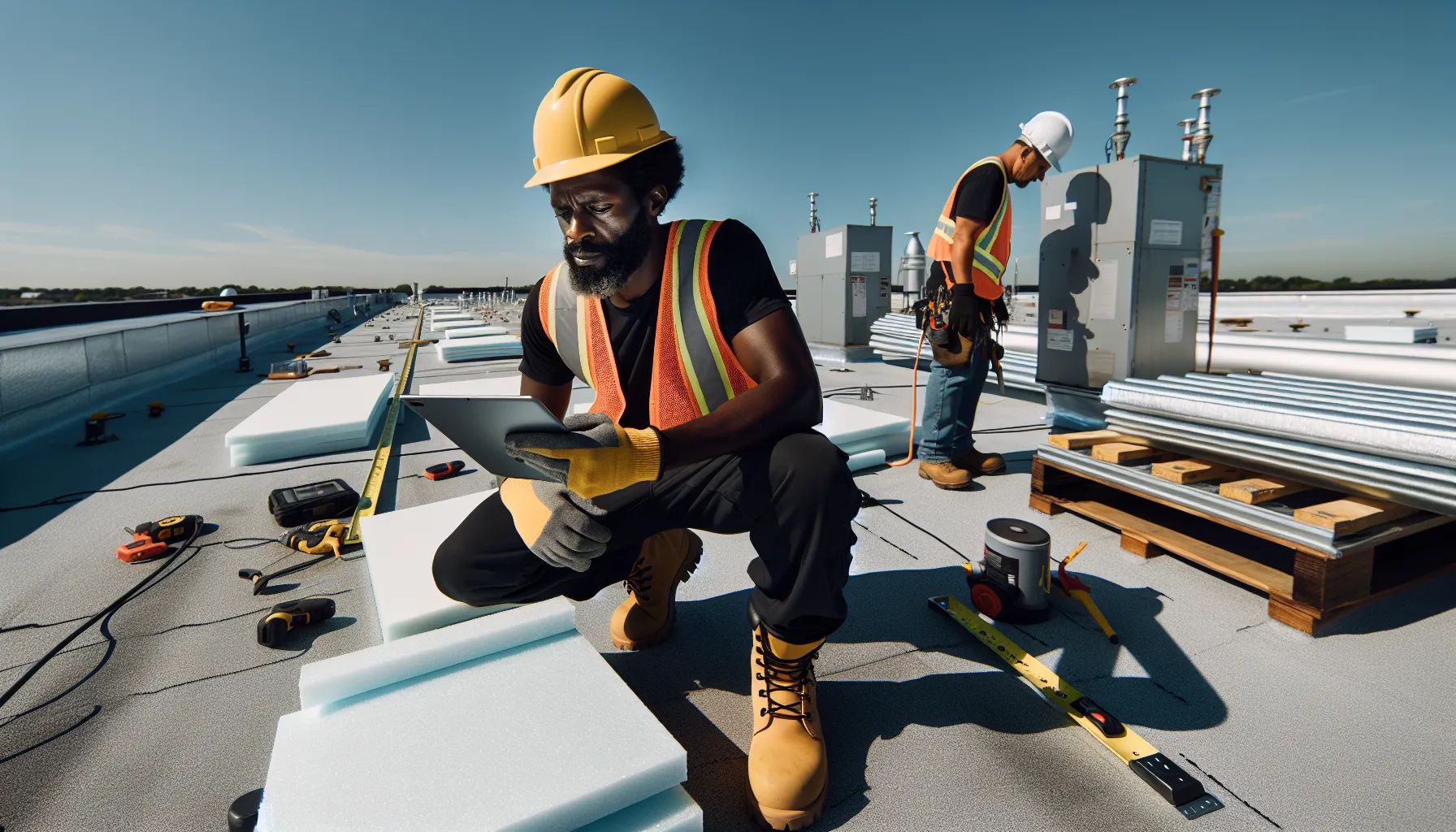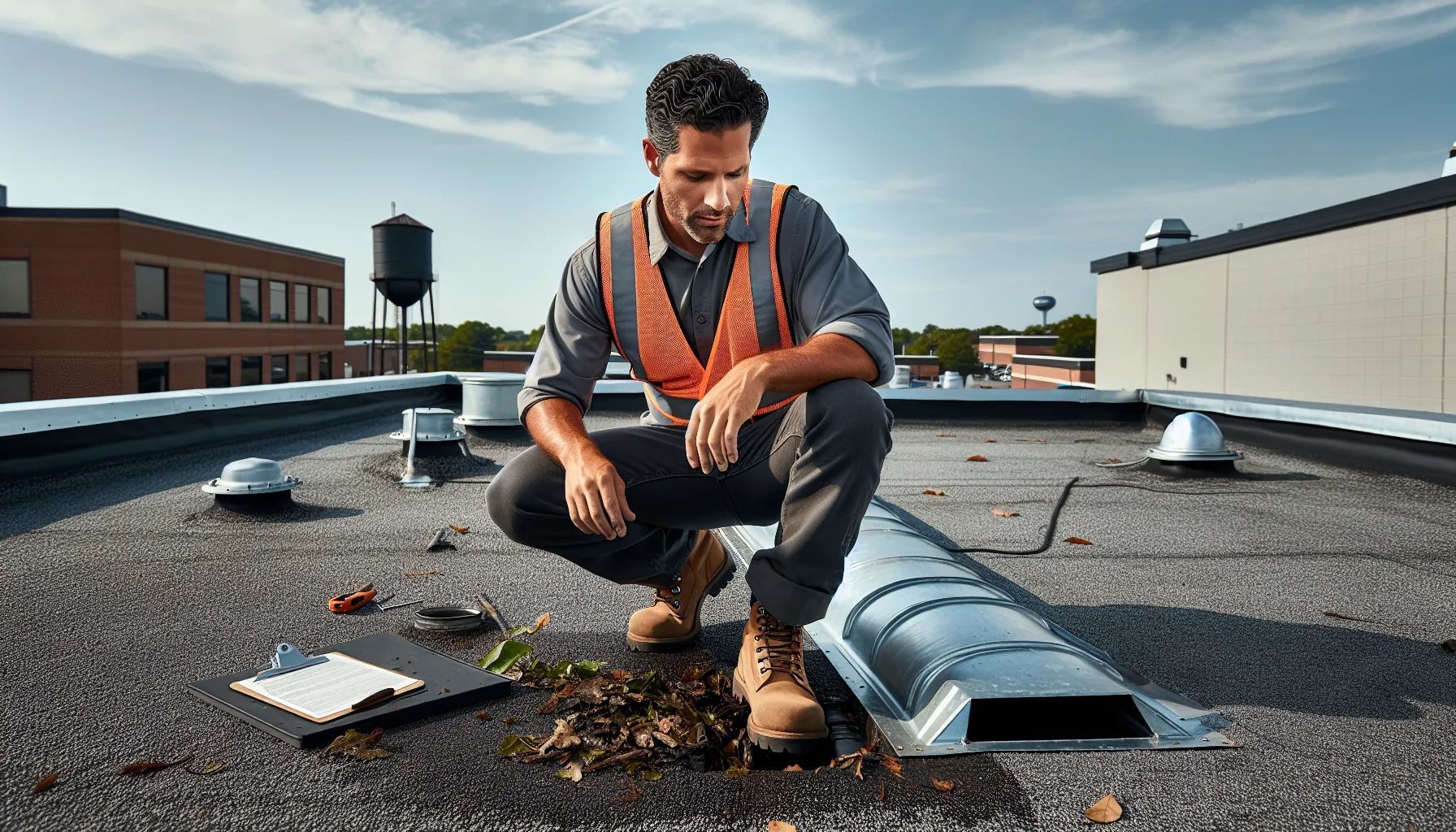Why Are Roofing Nails Galvanized? The Science Behind 50-Year Roof Protection
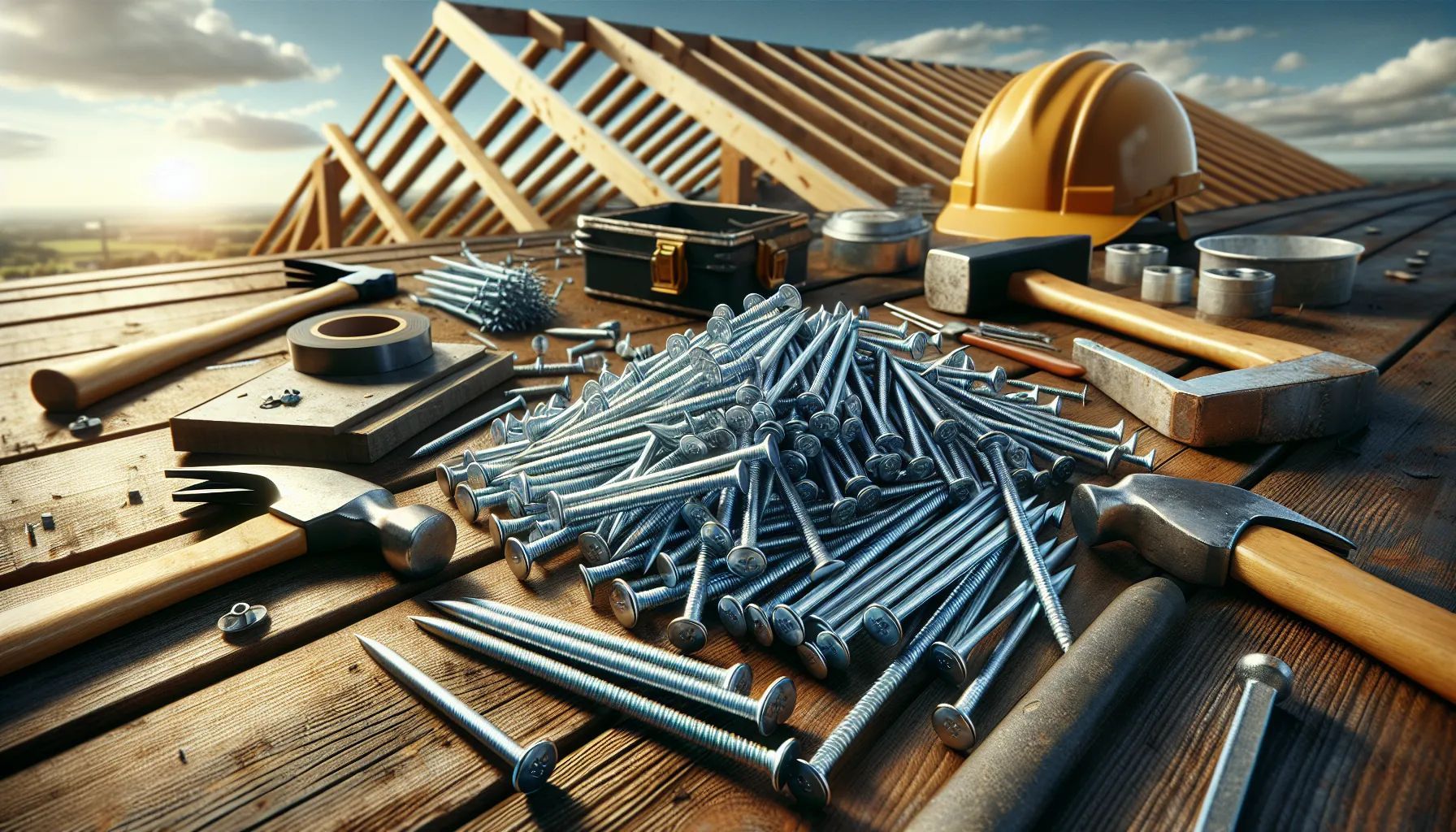
When we're installing a new roof or making repairs we often wonder why roofing nails are galvanized rather than using regular steel nails. It's a question that many homeowners and DIY enthusiasts ask when they notice the distinctive silver coating on these specialized fasteners.
The answer lies in the unique challenges that roofing materials face day after day. Our roofs endure extreme weather conditions from scorching sun to freezing rain and everything in between. Standard nails simply wouldn't survive these harsh conditions for long.
We'll explore the science behind galvanization and discover why this protective coating is essential for maintaining your roof's integrity. Understanding this process will help you make informed decisions about your roofing projects and ensure your investment stands the test of time.
What Is Galvanization and How Does It Work?
We'll explore the science behind galvanization and discover why this protective coating is essential for maintaining your roof's integrity. Understanding this process will help you make informed decisions about your roofing projects and ensure your investment stands the test of time.
The Galvanization Process
Hot-dip galvanization begins when manufacturers clean steel nails in acid baths. Workers remove rust, oil, and mill scale to prepare the surface for zinc adhesion. The cleaning process takes 15-20 minutes in hydrochloric acid solutions.
Manufacturers then immerse the cleaned nails in molten zinc at 840°F (449°C). The zinc reacts with iron in the steel to form zinc-iron alloy layers. This metallurgical bond creates four distinct layers: gamma, delta, zeta, and pure zinc.
The immersion lasts 4-5 minutes for standard roofing nails. Centrifuging removes excess zinc and ensures uniform coating thickness. The final coating measures 1.7-3.5 mils (43-89 microns) thick.
Each galvanized nail gains 3.5-7% of its weight from the zinc coating. The coating bonds permanently to the steel substrate through diffusion. This bond strength exceeds 3,600 psi, making separation nearly impossible.
Types of Galvanized Coatings
Hot-dip galvanization produces the thickest zinc coating at 2.0-3.9 oz/ft². This coating provides maximum corrosion protection for 50+ years. Roofing contractors prefer hot-dip nails for coastal areas and high-moisture environments.
Electro-galvanization applies thinner zinc coatings through electroplating. The coating thickness ranges from 0.1-0.5 oz/ft². These nails cost 20-30% less than hot-dip varieties but last only 10-15 years.
Mechanical galvanization tumbles nails with zinc powder and glass beads. The process creates coatings of 0.5-2.0 oz/ft². Construction crews use these nails for temporary structures and interior applications.
Sherardizing diffuses zinc vapor into nail surfaces at 752°F (400°C). The coating penetrates 0.6-1.0 mils deep. Specialty manufacturers produce sherardized nails for historical restoration projects requiring authentic finishes.
The Science Behind Galvanized Roofing Nails
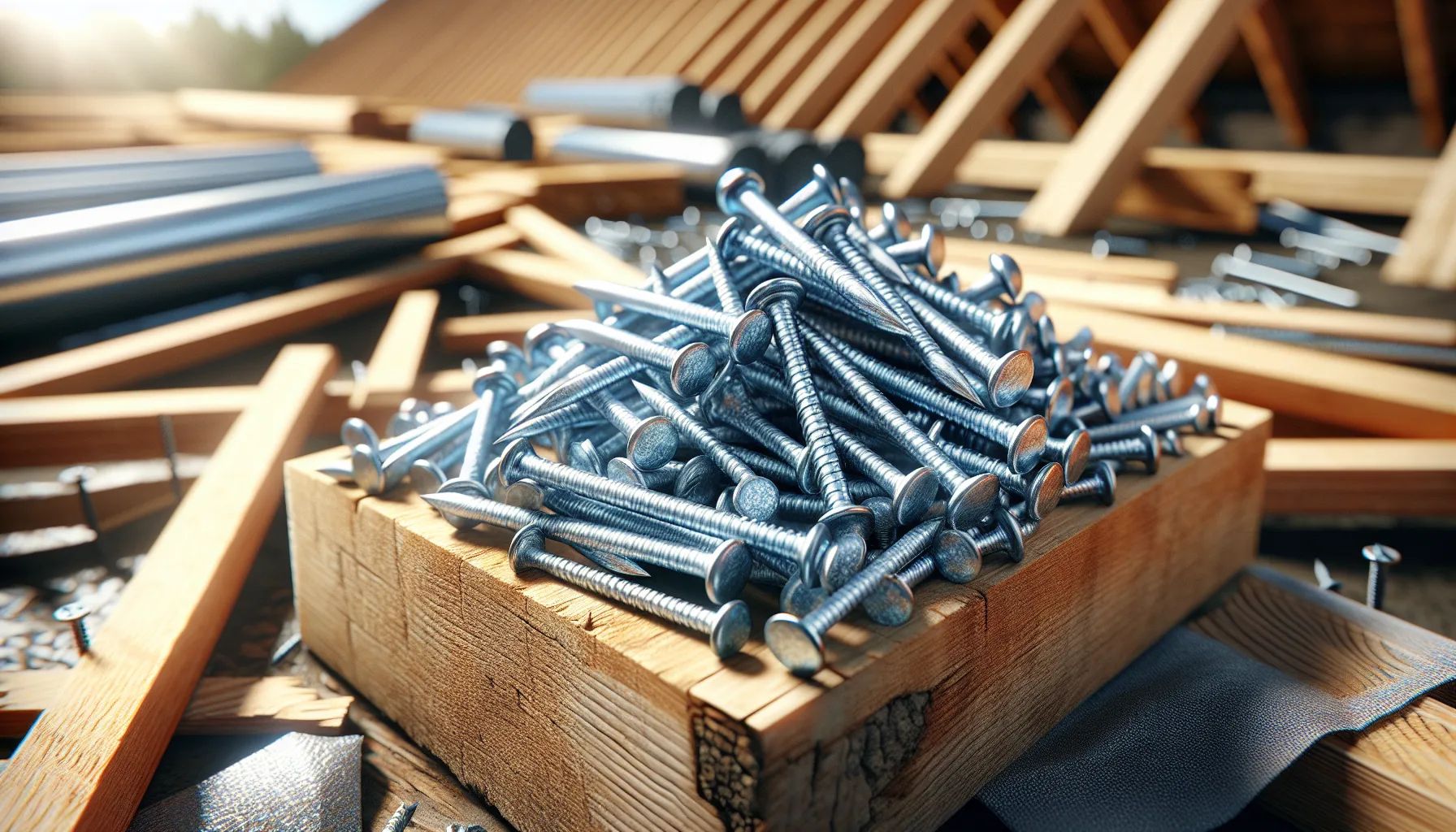
Galvanized roofing nails combine steel's mechanical strength with zinc's protective chemistry to create fasteners that resist corrosion for decades. The science behind this protection involves specific chemical reactions and physical barriers that work together to prevent rust formation.
Chemical Properties of Zinc Protection
Zinc acts as a sacrificial anode when coating steel nails. This metal corrodes preferentially to iron because zinc sits higher on the galvanic series. When moisture contacts a galvanized nail, zinc oxidizes first and protects the steel core beneath.
The zinc coating forms zinc oxide when exposed to oxygen. This compound creates a thin, stable layer that adheres tightly to the nail surface. Unlike rust on steel, zinc oxide doesn't flake off—it bonds strongly and maintains protective coverage.
Zinc's reactivity with carbon dioxide in the air produces zinc carbonate. This secondary compound adds another protective layer that's even more resistant to weathering. The zinc carbonate forms a whitish patina that many roofers recognize on aged galvanized materials.
The intermetallic layers between zinc and steel provide exceptional adhesion. During hot-dip galvanization, zinc and iron atoms diffuse into each other at temperatures around 860°F (460°C). This diffusion creates alloy layers that bond the coating permanently to the nail.
How Galvanization Prevents Rust
Galvanization blocks the two elements steel needs to rust: oxygen and water. The zinc coating creates a physical barrier that's 1.7 mils thick on hot-dipped nails. This thickness prevents moisture from reaching the steel substrate even under harsh weather conditions.
When scratches penetrate the zinc coating, the surrounding zinc continues protecting the exposed steel. Zinc ions migrate to cover small damaged areas through a process called cathodic protection. This self-healing property maintains rust prevention even after minor coating damage.
The zinc layer conducts electricity better than rust. This conductivity allows the entire nail to act as one protected unit rather than developing isolated corrosion spots. Electrical continuity across the nail surface ensures uniform protection throughout its service life.
Temperature fluctuations cause nails to expand and contract. Galvanized coatings flex with these movements without cracking or separating from the steel. This flexibility maintains continuous protection through seasonal temperature changes that roofs experience.
Benefits of Using Galvanized Roofing Nails
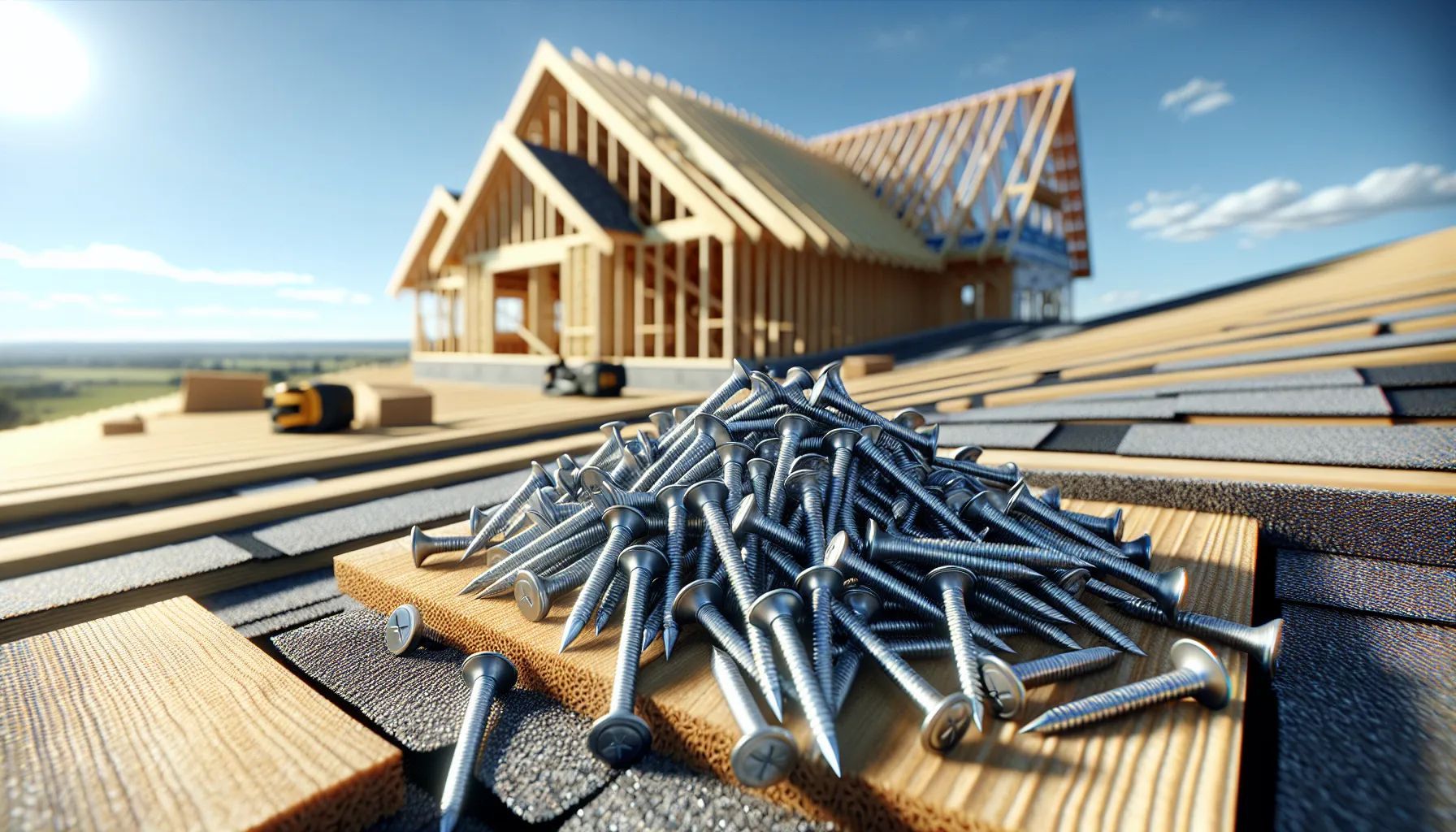
Galvanized roofing nails deliver essential advantages that standard steel nails can't match in outdoor environments. The zinc coating transforms these fasteners into long-term roofing solutions that protect your investment through decades of weather exposure.
Superior Corrosion Resistance
The zinc coating on galvanized roofing nails creates an impenetrable barrier against moisture and chemicals. This protective layer prevents rust formation by completely isolating the steel core from environmental elements. Rain, snow, and humidity pose constant threats to metal components on roofs, but galvanized nails resist these corrosive forces effectively.
Zinc acts as a sacrificial metal that corrodes preferentially before the underlying steel experiences any damage. Even microscopic scratches or surface damage won't compromise the nail's integrity because zinc continues protecting exposed areas through galvanic action. The coating maintains its protective properties in temperatures ranging from -40°F to 392°F, covering all typical roofing conditions.
Chemical resistance extends beyond water exposure to include protection against acid rain and industrial pollutants. Salt spray in coastal regions typically destroys standard steel nails within 2-3 years, while galvanized alternatives maintain structural integrity for 20-30 years in the same conditions. Laboratory tests demonstrate that hot-dip galvanized nails resist corrosion 8-10 times longer than painted or coated steel fasteners.
Extended Lifespan and Durability
Galvanized roofing nails maintain their holding power for 50-70 years under normal weather conditions. The zinc coating thickness directly correlates with service life, with hot-dip galvanized nails featuring 1.8-3.0 mils of zinc lasting significantly longer than electro-galvanized versions with 0.2-0.5 mil coatings. Standard steel nails typically fail within 5-10 years due to rust penetration, creating weak points that compromise roof integrity.
Weather cycling tests reveal galvanized nails retain 95% of their original tensile strength after 1,000 freeze-thaw cycles. The zinc coating flexes with temperature changes without cracking or separating from the steel substrate. This flexibility prevents coating failure during thermal expansion and contraction cycles that occur daily on sun-exposed roofs.
Load-bearing capacity remains consistent throughout the nail's service life because corrosion doesn't weaken the steel core. Pull-out resistance tests show galvanized nails maintain their grip strength in wood decking even after 20 years of exposure. The combination of corrosion resistance and mechanical durability ensures roofing materials stay secure through severe storms and high winds.
Cost-Effectiveness Over Time
Initial investment in galvanized roofing nails adds approximately $15-25 per 50-pound box compared to standard steel nails. This upfront cost difference becomes negligible when calculating long-term savings from avoided repairs and replacements. A typical residential roof requires 8,000-12,000 nails, representing a total premium of $240-600 for galvanized fasteners.
Maintenance savings accumulate quickly when using galvanized nails. Failed standard nails require spot repairs costing $150-300 per incident, with most roofs experiencing 3-5 failure points annually after year 10. Labor costs for replacing corroded nails average $75-100 per hour, with each repair taking 2-3 hours. These recurring expenses disappear when galvanized nails maintain their integrity throughout the roof's lifespan.
Insurance companies recognize the value of galvanized fasteners, with some providers offering 5-10% premium reductions for roofs installed with certified galvanized components. The extended roof life enabled by corrosion-resistant nails delays full replacement costs by 10-15 years, saving homeowners $8,000-15,000 in today's dollars. Property resale values increase by 2-3% when inspection reports confirm galvanized nail usage, providing additional return on the initial investment.
Comparing Galvanized vs. Non-Galvanized Roofing Nails
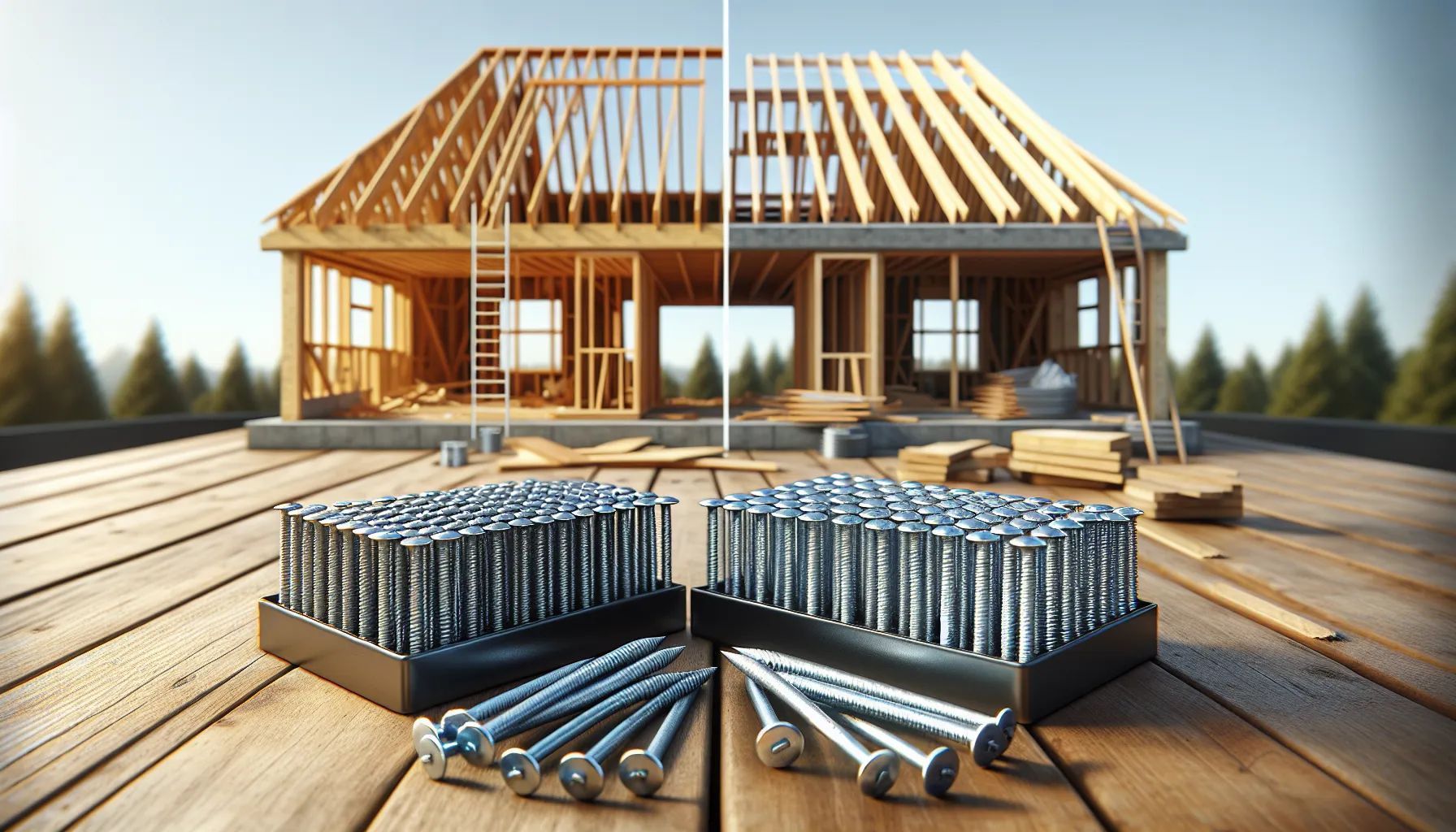
Galvanized roofing nails outperform non-galvanized alternatives in every critical metric that matters for roof longevity. We've compiled comprehensive data comparing these two nail types to help you understand the substantial differences in their performance and value.
| Feature | Galvanized Nails | Non-Galvanized Nails |
|---|---|---|
| Corrosion Resistance | Zinc coating prevents rust for 20-30 years | Rust appears within 2-3 years |
| Initial Cost | $45-65 per 50-pound box | $25-35 per 50-pound box |
| Lifespan | 50-70 years with hot-dip coating | 5-10 years maximum |
| Strength Retention | Maintains 95% strength after 20 years | Loses 40% strength after 5 years |
| Weather Performance | Withstands -40°F to 140°F | Performance degrades below 32°F |
| Maintenance Frequency | Inspection every 10-15 years | Annual inspections required |
| Rust Staining | No visible staining | Brown streaks appear within 12 months |
Performance in Different Weather Conditions
Galvanized nails excel in extreme weather because zinc coating creates multiple protective barriers against environmental damage. Hot-dipped galvanized nails maintain structural integrity through 100+ freeze-thaw cycles without coating separation. The zinc layer flexes with temperature changes from -40°F to 140°F without cracking or peeling.
Non-galvanized nails fail rapidly in wet climates where annual rainfall exceeds 30 inches. Rust penetration begins within 6 months in coastal areas with salt spray exposure. Temperature fluctuations cause non-galvanized nails to expand and contract differently than surrounding materials, creating gaps that allow water infiltration.
Hurricane-prone regions require galvanized nails with minimum 0.9-ounce zinc coating per square foot. These nails resist wind-driven rain penetration at speeds up to 150 mph. Standard steel nails lose 60% of their holding power after just one severe storm season due to accelerated corrosion from moisture exposure.
Long-Term Maintenance Requirements
Galvanized roofing systems require professional inspection once every 10-15 years to verify nail integrity. We recommend checking exposed nail heads for white zinc oxide formation, which indicates active protection. Minor surface oxidation doesn't compromise performance since zinc continues protecting the steel core beneath.
Non-galvanized nails demand annual inspections starting from year two after installation. Property owners must budget $500-1,500 yearly for rust treatment and nail replacement. Failed nails create entry points for water damage that can cost $5,000-15,000 in structural repairs if left unchecked.
Maintenance costs for galvanized nail systems average $200-400 per decade for routine inspections. Non-galvanized systems accumulate $3,000-5,000 in maintenance expenses over the same period. Insurance claims data shows homes with non-galvanized roofing nails file water damage claims 4 times more frequently than those with galvanized fasteners.
When to Choose Galvanized Roofing Nails
Selecting galvanized roofing nails requires careful evaluation of your specific project requirements and environmental conditions. We'll explore the key factors that determine when galvanized nails are the optimal choice for your roofing needs.
Climate Considerations
Climate plays a crucial role in determining the type of galvanized nails for your roofing project. In moderate climates with average annual rainfall between 20-40 inches, standard electro-galvanized nails provide adequate protection for 20-30 years. These nails feature a zinc coating thickness of 0.0005 inches and cost approximately $3-5 per pound.
Hot-dipped galvanized nails excel in challenging environments. Coastal areas within 10 miles of saltwater require hot-dipped nails with zinc coating thickness of 0.0033 inches. These nails resist salt spray corrosion and maintain integrity for 50-70 years. Regions experiencing over 60 inches of annual rainfall benefit from hot-dipped galvanization's superior moisture resistance.
Temperature fluctuations affect nail performance significantly. Areas with freeze-thaw cycles exceeding 100 days annually demand hot-dipped galvanized nails. The thicker zinc coating accommodates expansion and contraction without cracking. Desert climates with temperature swings of 40°F or more daily also require hot-dipped varieties to prevent coating failure.
Roofing Material Compatibility
Galvanized nails work effectively with asphalt shingles, which comprise 80% of residential roofing installations. Standard 11-gauge galvanized roofing nails penetrate shingle layers and decking while maintaining secure attachment for 25-30 years. Cedar shakes and wood shingles also pair well with galvanized nails, as zinc coating prevents tannin reactions that cause staining.
Certain roofing materials require careful nail selection. Metal roofing systems using aluminum or copper components can experience galvanic corrosion when paired with zinc-coated nails. Stainless steel fasteners prove more suitable for these applications. Slate and tile roofs benefit from hot-dipped galvanized nails due to their 50+ year service life matching the roofing material's longevity.
Synthetic roofing materials like rubber membranes and PVC systems may react chemically with zinc coatings. Manufacturers often specify compatible fastener types in warranty documentation. Clay tiles weighing over 10 pounds per square foot require specialized galvanized nails with larger heads (minimum 3/8 inch diameter) to distribute weight properly and prevent cracking during installation.
Conclusion
Making the right choice in roofing nails isn't just about today's installation—it's about protecting your investment for decades to come. We've seen how galvanized nails transform a simple fastener into a sophisticated defense system against nature's elements.
The next time you're planning a roofing project remember that those small zinc-coated nails play an outsized role in your roof's performance. Whether you're a professional contractor or weekend warrior the science speaks for itself: galvanization works.
Smart roofing starts with smart choices and we believe that understanding why galvanized nails matter empowers you to build roofs that truly last. Your future self will thank you when that roof still looks great after years of weathering storms snow and sunshine.
What are galvanized roofing nails?
Galvanized roofing nails are steel nails coated with a protective layer of zinc through a chemical bonding process. This zinc coating transforms ordinary steel nails into weather-resistant fasteners that can withstand extreme weather conditions for 50-70 years, making them essential for roofing projects.
How long do galvanized roofing nails last?
Galvanized roofing nails typically last 50-70 years when properly installed, compared to just 2-3 years for standard steel nails. The exact lifespan depends on the type of galvanization process used and environmental conditions, with hot-dipped galvanized nails offering the longest durability.
What's the difference between galvanized and regular nails?
Regular steel nails lack protective coating and quickly rust when exposed to moisture, while galvanized nails have a zinc coating that prevents corrosion. This coating acts as a sacrificial barrier, protecting the steel core even if the surface gets scratched or damaged.
Are galvanized nails worth the extra cost?
Yes, galvanized nails are worth the investment. While they cost more initially, they last 20-30 times longer than regular nails, reducing maintenance costs and preventing expensive roof repairs. This superior longevity provides better value over the roof's lifetime.
Can I use galvanized nails with all roofing materials?
Galvanized nails work well with asphalt shingles and cedar shakes but may not be suitable for all materials. They can cause chemical reactions with certain metal roofing systems or synthetic materials. Always check manufacturer recommendations for your specific roofing material.
Which type of galvanized nail is best for coastal areas?
Hot-dipped galvanized nails are best for coastal areas due to their thicker zinc coating that provides maximum protection against salt air and high humidity. These nails offer superior corrosion resistance compared to electro-galvanized or mechanically galvanized options.
